Turn Filaments into Industrial-Strength Parts
FDM is a fast and extremely versatile choice
for many applications.
- All uploads are secure and confidential
Certifications
ISO 9001:2015 | ISO 13485:2016 | IATF16949
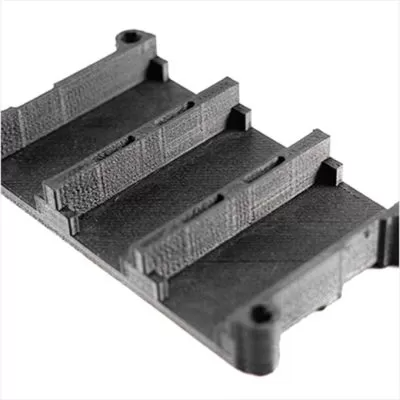
- Lead times from 2 days
- Wide range of material options
- Industrial FDM printing
- FDM 3D printing in the UK and overseas
Get a quote / Get in touch
Please use the following formats:
.stl, .obj, .wrl, .step (.stp), .iges (.igs), .3mf, .dxf and .zip
100mb max file size (per file)
If you have a file type not listed, please contact us to discuss first.
- Mobile: +86 136 9212 5585
- WhatsApp: +86 136 9212 5585
- Email: [email protected]
Our FDM 3D Printing Services
Fused Deposition Modelling or FDM is what most people think of when they think 3D printing. It is one of the more common 3D printing technologies and also one of the most versatile, but also most misunderstood. Most people assume FDM is only used for very basic prototypes and models but FDM parts are also used in very intense aerospace and automotive applications as well as a world of other uses.
FDM’s wide range of material options make it a great choice for quick prototype and low volume production.
| Maximum Build Size | 750 x 750 x 750 mm (29.5″ x 29.5″ x 29.5″) |
|---|---|
| Lead Time | 2-3 days |
| Resolution | ± 0.3mm |
| Prototyping Applications | Low-fidelity, proof-of-concept prototyping and visual design verification. |
| End-Use Applications | Low-volume end parts, such as jigs and fixtures. |
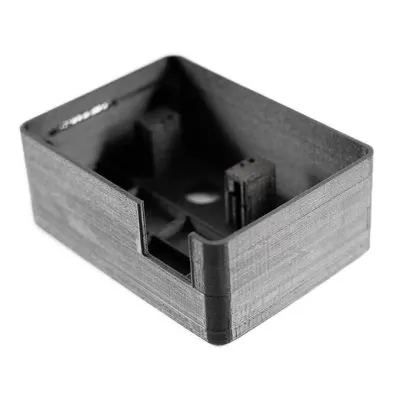
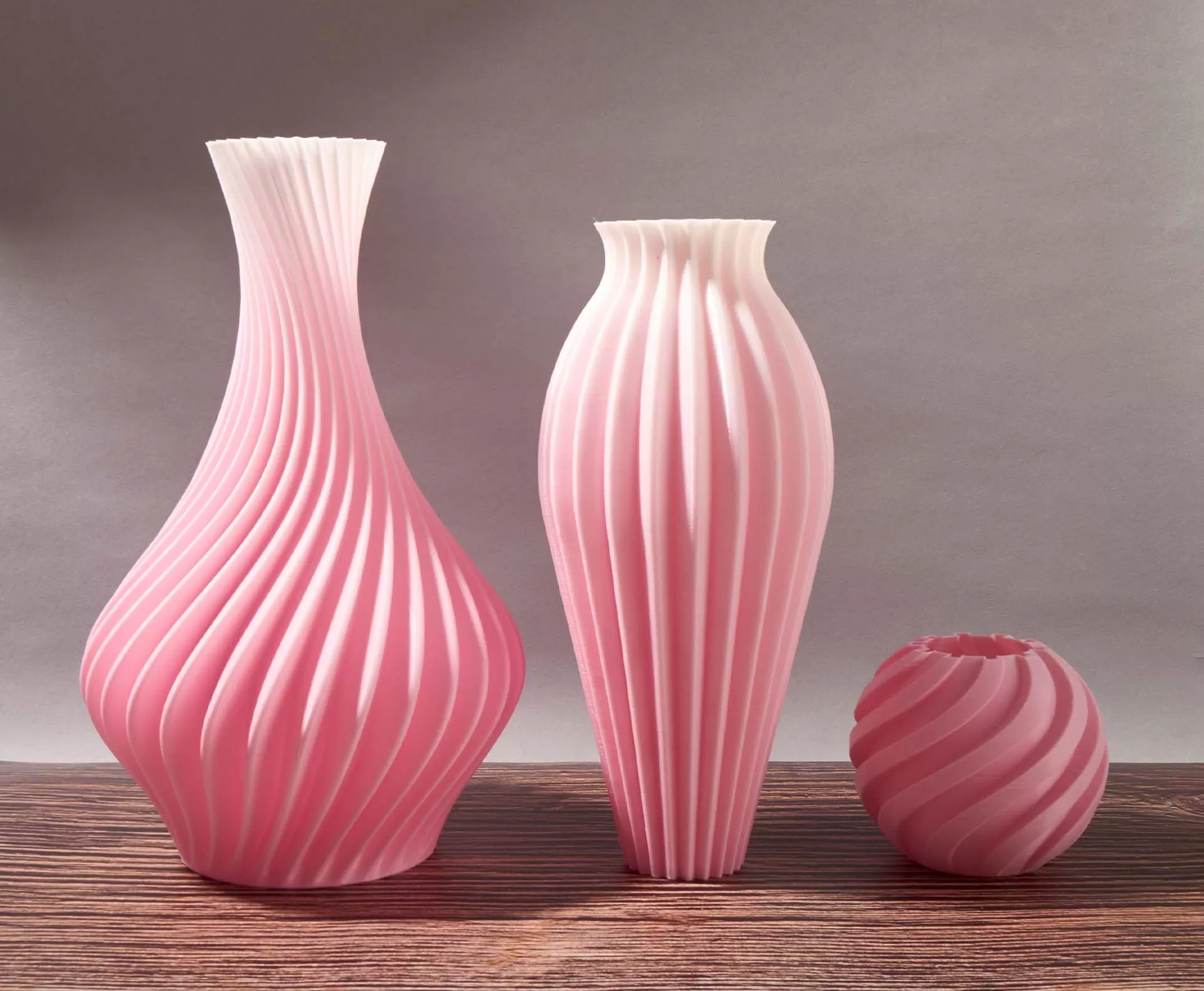
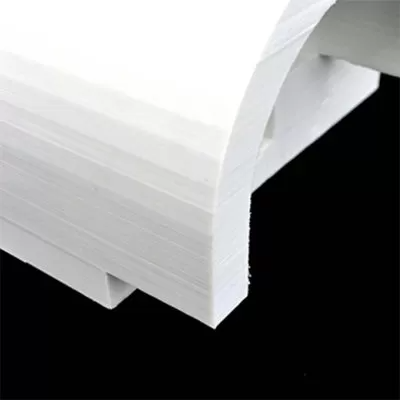
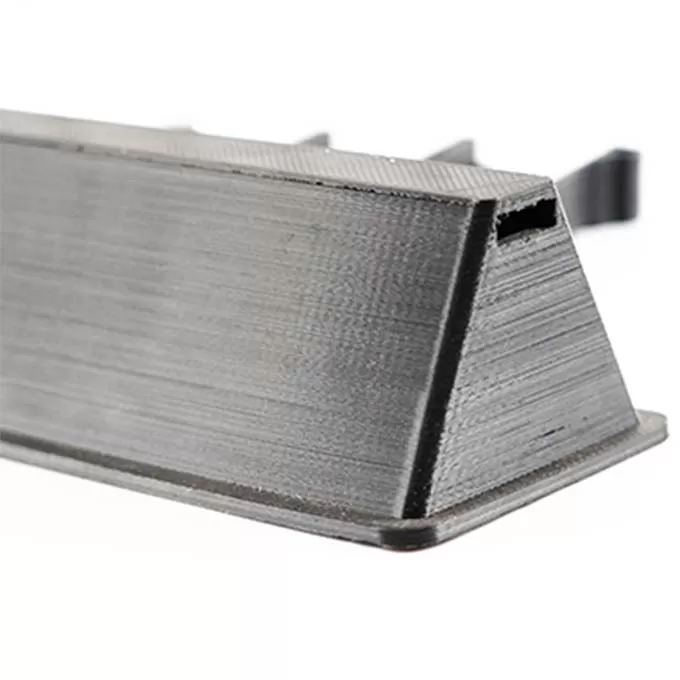
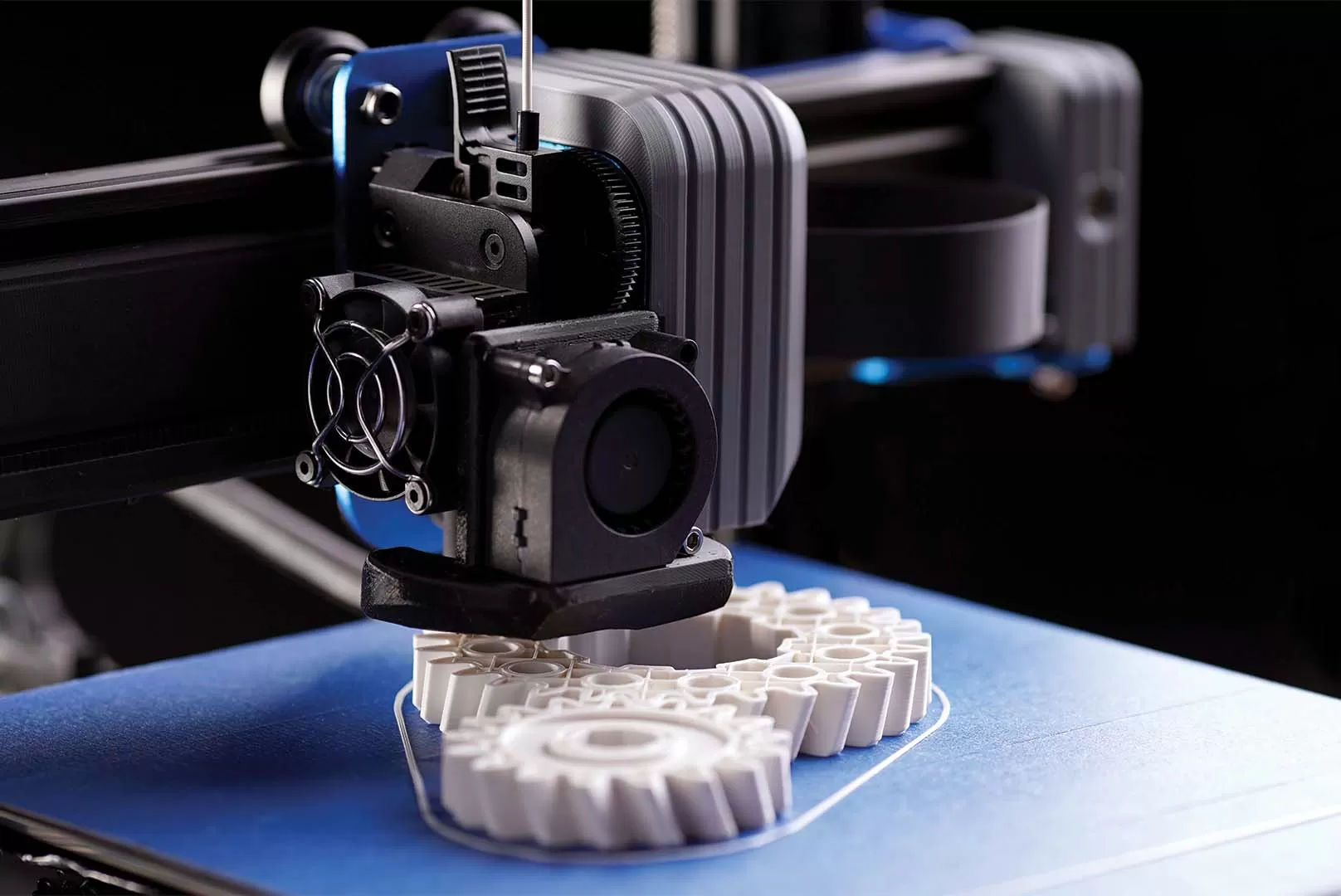
FDM Materials
PA
We can 3D print nylon (PA) parts with ease. Nylon filament is an extremely durable material with great strength to flexibility ratio, which becomes an alternative to standard PLA or ABS. This filament is commonly used for semi-flexible and mechanical parts since its chemical, wear and UV resistance is higher compared with basic 3D printing plastics.
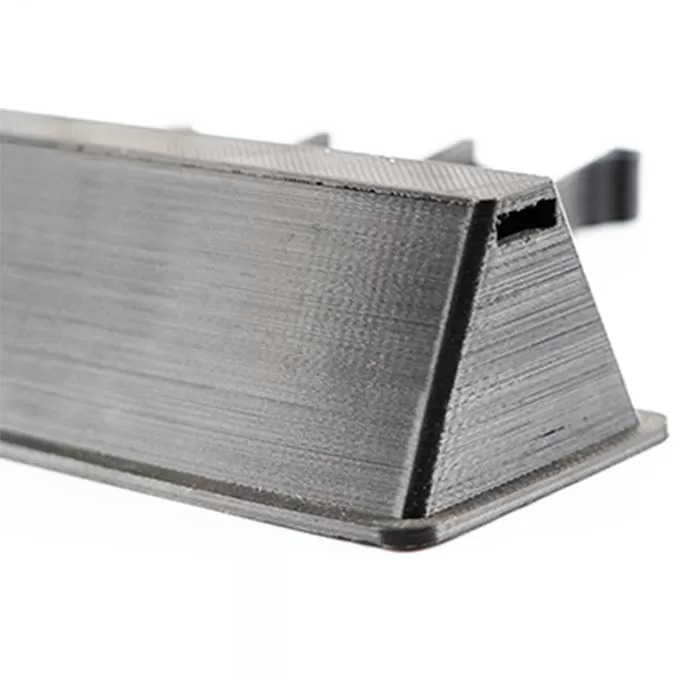
High Performance Material
High performance plastics are plastics that meet higher requirements than standard or engineering plastics. They have high thermal stability, superior mechanical properties, and outstanding chemical resistance.
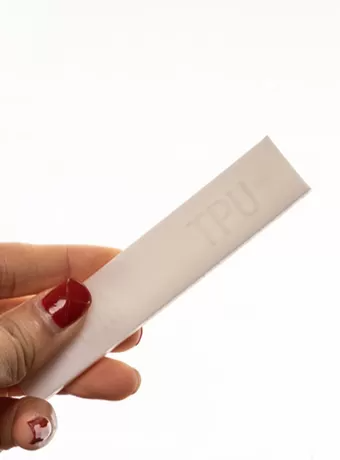
PLA
FDM PLA (polylactic acid) is highly versatile. It prints reliably with high dimensional accuracy and a quality surface finish. As such, it is ideal for a range of applications – from detailed prototypes to simple manufacturing jigs and gauges.
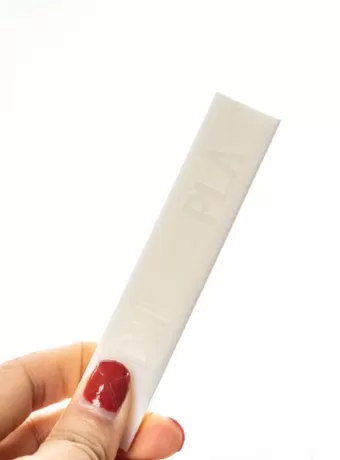
ABS
FDM ABS is a rigid, tough, heat resistant material that offers superior aesthetics. It is a great choice for creating functional prototypes and complex end-use parts.
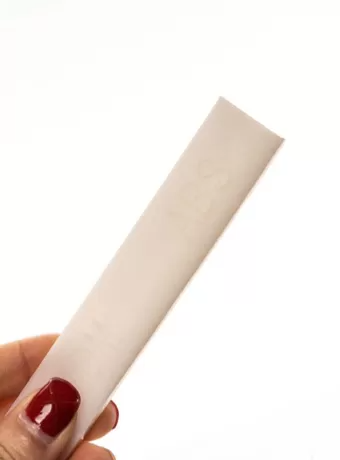
PC
PC has high impact resistance, wear resistance and can withstand functional testing. It is commonly used in the medical, automotive and telecommunications industries.
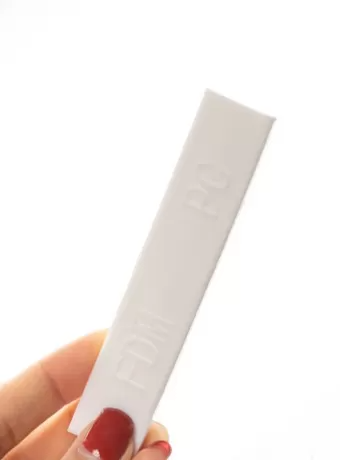
ASA
ASA (Acrylonitrile styrene acrylate), also called acrylic styrene acrylonitrile, is as tough and dependable as ABS filaments. Though it offers less impact resistance, ASA is much more UV-stable than ABS, hence is better for outdoor applications.
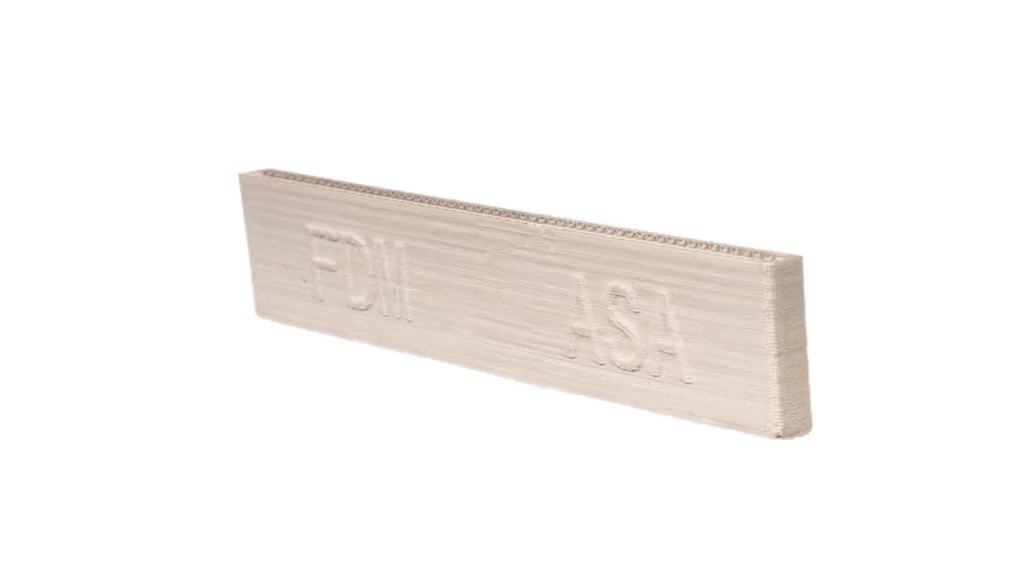
Typical FDM Finishing Options
| Applicable Materials | Colors | Description | |
|---|---|---|---|
| Bead Blasting | All | – | Bead blasting may offer a more comprehensive solution for smoothing, especially for complex parts with hard-to-reach areas. |
| Painting | All | Black, Pantone/RAL colours | Painting is a way to add colour and hide layer lines, overall, a great way to improve the aesthetics of FDM parts. |
| Plating | ABS | Metallic | Plating is method of adding a thin layer of metal of the outer layer of a material. It is used to harden, decorate and improve wearability of parts. |
About The Process
FDM extrudes a plastic filament material through a nozzle, laying it down one layer at a time. It can make parts with complex geometries as well as simple housings and fixtures.
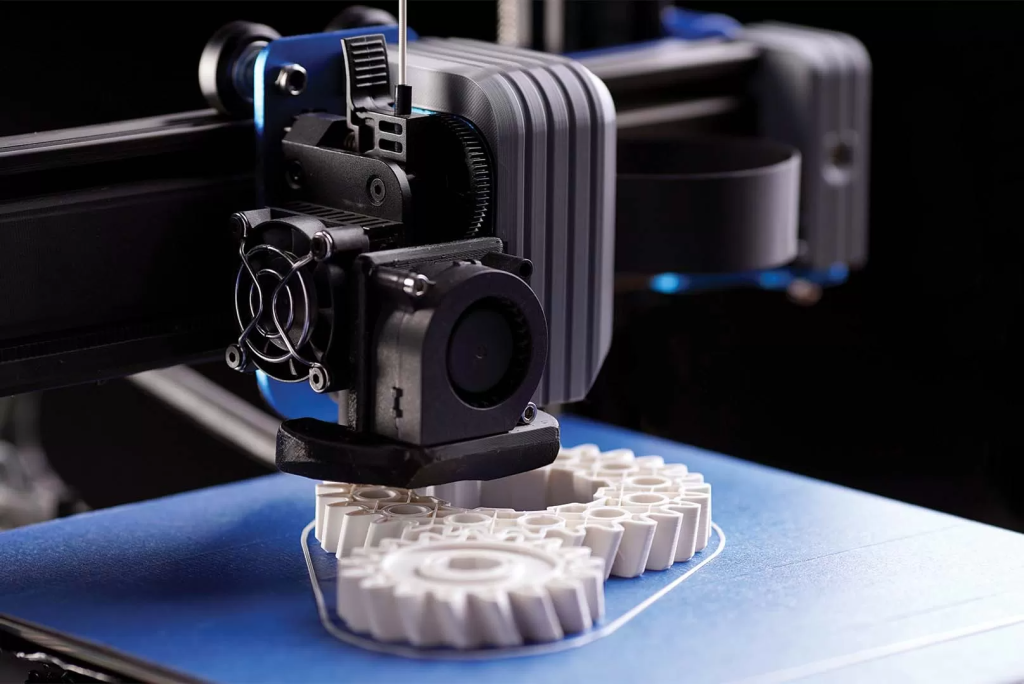
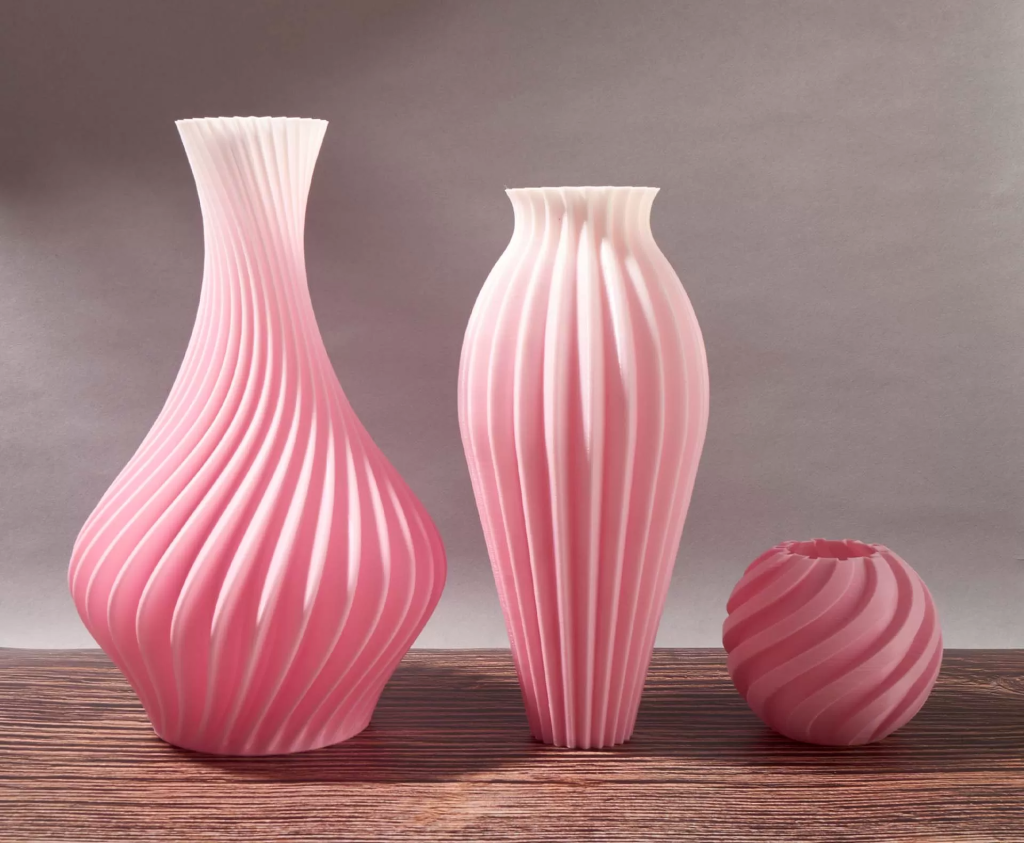
Design For FDM
To take full advantage of the FDM process, it is important that your 3D model closely follows a set of geometric recommendations. Learn actionable design tips here.
Advantages of FDM 3D Printing
Large Build
At HLH, we have industrial FDM printers suitable for producing large parts up to 800 x 800 x 550 mm (31.5″ x 31.5″ x 21.6″).
Complex Geometries
Geometries that are too complex or costly for CNC machining can be printed easily, allowing you to add complexity without additional cost.
Rapid Turnaround
FDM is one of the fastest method to create a quick prototype, reducing the manufacturing lead time from weeks to days. It allows for faster innovation and speed to market.
Strength
FDM printed parts are available in a variety of high-performance plastics for applications that require resistance to the elements.
FDM FAQs
Fused Deposition Modelling or FDM is an additive manufacturing technology that creates parts by extruding thermoplastics, such as ABS, PLA, through a heated nozzle, melting the material and applying the plastic layer by layer to a build platform. FDM builds strong, durable and dimensionally stable parts.
FDM is often used to create industrial-strength, high-performance parts in the aerospace, automotive, robotics, and electronics industries.


